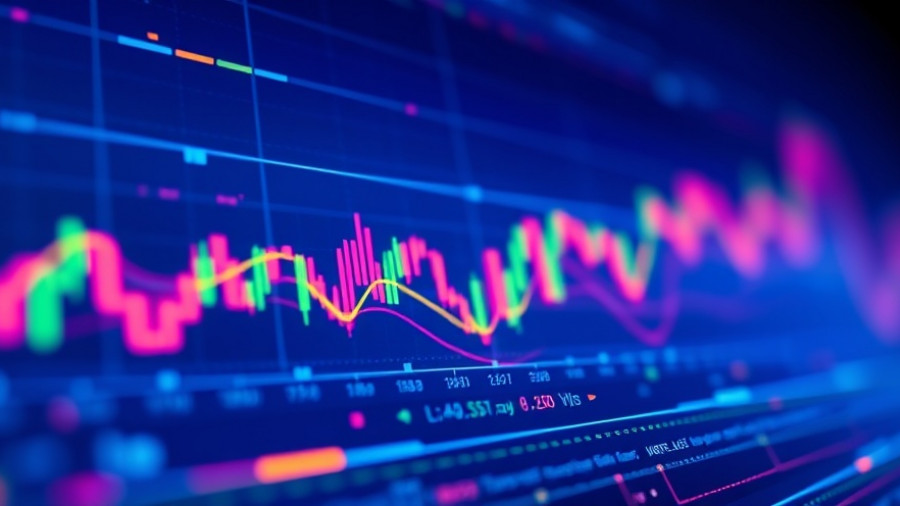
OpenAI's New Approach: A Deep Dive into Image Generation Policies
In a surprising move that has rippled through the artificial intelligence (AI) landscape, OpenAI recently adjusted its policies concerning image generation, particularly in styles reminiscent of living artists. This has significant implications for users experimenting with personalized art generation.
A Surge in Ghibli-esque Art
Following an update to ChatGPT, users flooded social media with AI-generated images styled after the beloved works of Studio Ghibli. Featuring every from enchanting landscapes to whimsical characters, these pieces captured the hearts of many. The surge was so profound that even OpenAI's CEO, Sam Altman, took to humor, joking about the unusual outputs, including a hilariously awkward cartoon cat missing a leg.
Balancing Creativity and Copyright
While the offerings of fun and fantastical art were initially welcomed, a darker cloud loomed when OpenAI began blocking access to image requests styled on the works of living artists. Their spokesperson confirmed this as part of a conservative approach to protect artists’ rights. They clarified that although specific styles were restricted, users can still explore broader studio styles.
Comparative Analysis: ChatGPT, Grok, and Claude
My explorations in AI image generation spanned several platforms, including ChatGPT, Grok 3, and Claude. Each brought different capabilities and results. For instance, Grok's latest model demonstrated a strong capacity for character development and abstract backgrounds, which sometimes surpassed that of its contemporaries.
The Future of AI Art Generation
The world of AI-generated imagery is in a state of rapid evolution. Moving forward, we can expect not only tighter controls on artistic styles but also new technology that could offer more nuanced interpretations of requests. The challenge lies in balancing technological advancements while respecting artistic integrity.
Understand the Implications
This saga of AI and art prompts an essential conversation about creativity in the age of AI. As platforms evolve, users must be cognizant of copyright laws and the ethical implications of using AI to replicate or reinterpret existing styles. Navigating these waters will be critical for AI enthusiasts and artists alike.
Actionable Insights for Users
If you’re keen on experimenting with AI-generated art, consider broadening your requests beyond specific artists. Explore themes or styles that evoke similar feelings without stepping directly into the realm of copyright infringement. This extra creativity can yield unique results while remaining within the ethical bounds of AI art generation.
Conclusion: The Path Ahead for AI and Art
As OpenAI and other key players adjust to the dynamics of user-generated content in artistic fields, it’s clear that the landscape will continue to evolve. Staying informed about these changes is crucial. Understanding your tools, rights, and the implications of AI technology can empower you to leverage these advancements in creative and responsible ways.
If you’re a tech enthusiast or artist looking to navigate this new digital frontier, remain engaged and proactive about your experiments and the conversations surrounding them. The journey of AI in artistry is just beginning, and your input will help shape its future.
 Add Row
Add Row  Add
Add 




Write A Comment